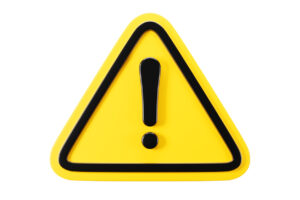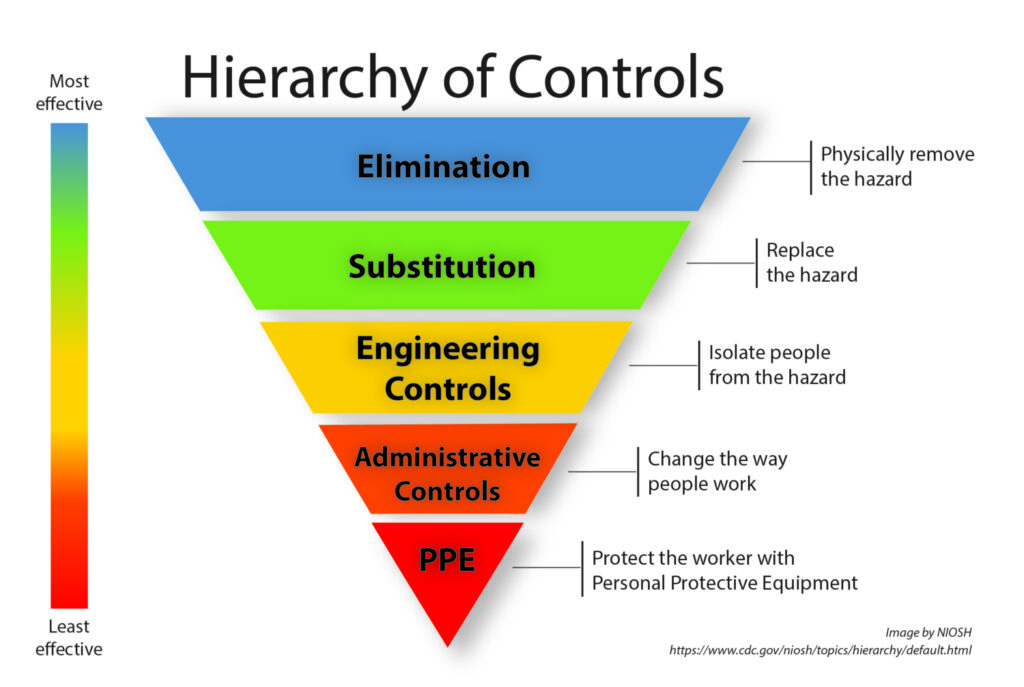Halt a Hazard: Empowering Workplace Safety During OSHA Safe and Sound Week
This blog post was written by Olivia Bontems, a League of Minnesota Cities loss control consultant.
 OSHA Safe and Sound Week is Aug. 7-13!
OSHA Safe and Sound Week is Aug. 7-13!
This annual event emphasizes the importance of workplace safety and health programs in preventing occupational hazards and fostering a culture of well-being for all employees. In this blog post, we’ll explore the significance of hazard identification, prevention, employee engagement, and the “Halt a Hazard” challenge in maintaining a secure and sound work environment.
Understanding Hazards
Before we can halt hazards, we must first understand what they are. Hazards can take various forms, including physical, chemical, biological, ergonomic, and even psychosocial factors. Hazards can emerge over time, as processes change, equipment or tools become worn, maintenance is neglected, or when onboarding new staff members. To prioritize your employees’ safety, conducting thorough workplace assessments and risk analyses is crucial to identifying potential hazards.
Establish Preventive Measures
Once potential hazards are identified, it’s essential to implement controls, which can significantly reduce the likelihood of accidents and injuries. This can involve steps like eliminating the hazard completely, maintaining a clean and organized workspace, ensuring proper storage of hazardous materials, and providing personal protective equipment (PPE) when needed. Employers should select the controls that are the most feasible, effective, and permanent, starting at the top of the National Institute for Occupational Safety & Health’s Hierarchy of Controls (see image below).
 Take the ‘Halt a Hazard’ Challenge
Take the ‘Halt a Hazard’ Challenge
This year’s challenge encourages all employees to come together to proactively identify potential hazards in their workplace. The challenge is simple:
- Identify ONE hazard to control within your workplace.
- Brainstorm potential controls.
- Choose and implement which control(s) are most effective for your workplace.
Empowering Employees
Encouraging a safe and sound workplace goes beyond rules and regulations; it involves empowering employees to actively engage in safety initiatives, which is a crucial aspect of any successful safety program. Participating in the “Halt a Hazard” challenge allows employees to take a few minutes during their workday to inspect their workspaces, identify potential hazards or unsafe behaviors, report them, and propose controls. This active engagement, encouraged year-round, plays a key role in maintaining workplace safety. By continuously promoting this initiative, employees collectively share the responsibility for safety, making it an essential aspect of the organization’s values and daily operations.
OSHA Safe and Sound Week serves as a reminder that workplace safety should never be taken for granted. By understanding hazards, implementing controls, and empowering employees, we can truly “Halt a Hazard” and create a culture of safety. Remember, fostering a safe work environment is an ongoing commitment that requires dedication from all levels of the organization. Together, let’s prioritize the well-being of our workforce and make safety a top priority in our workplaces.


 Take the ‘Halt a Hazard’ Challenge
Take the ‘Halt a Hazard’ Challenge